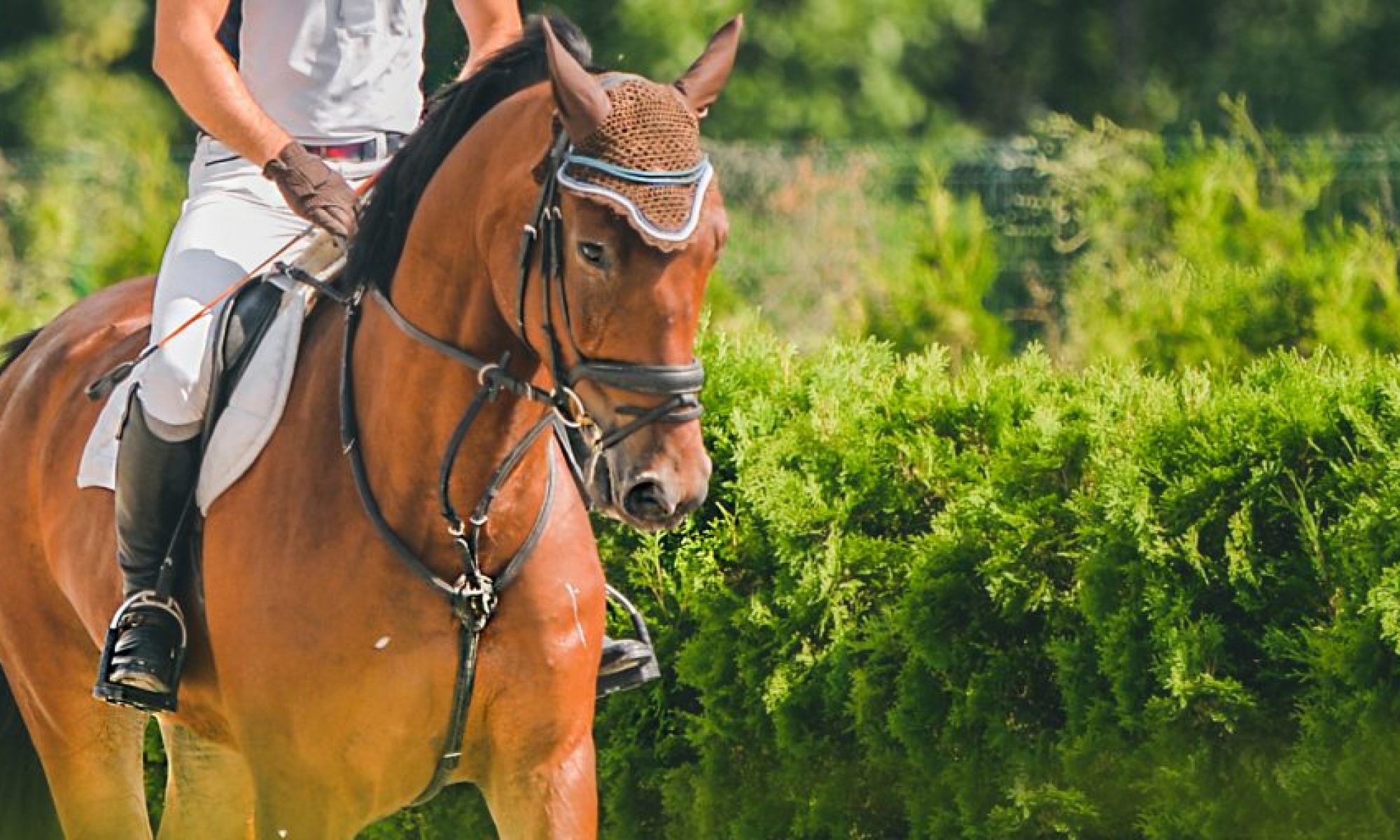Sleepopolis.com is a website that bills itself as “Your Ultimate Sleep Destination.”
That must be true, because I’ve been trying to reach them for months and they never, ever answer their phone or respond to emails.
I figure they all must be catching like 40 million winks. If I apply the highly respected “Rip Van Winkle snooze postulate,” first developed by Washington Irving in 1819, I’m not going to hear from them until 2040.
That’s a hell of a power nap.
 OK, so here’s what happened. Last April I read a story in the Miami Herald about a survey Sleepopolis.com had done about the best cities for sleeping. The story said Miami was rated 246 out of 300 Florida towns.
OK, so here’s what happened. Last April I read a story in the Miami Herald about a survey Sleepopolis.com had done about the best cities for sleeping. The story said Miami was rated 246 out of 300 Florida towns.
So, I looked up the whole study and discovered that Parkland, our Parkland, was among the top ten best Florida cities for sleeping, snoring in at number six, right between Miami Shores and Fruit Cove. Wow, what a story.
The only other area city to make the top ten was Palm Beach, which nodded off at number nine.
As for the rest of Broward County? How do you spell that noise you make when you put the “P” sound with the “F” sound and end with a bunch of “T” sounds?
Pfttt?
And this was not a casual study. Sleepopolis included factors like drinking, smoking, obesity, physical and mental health, exercise, and unemployment. Surprisingly, the only critical factor overlooked was whether sleepers had a My Pillow under their noggins.
But still, how can Parkland rank sixth and Coral Springs103rd or Coconut Creek way down at 193? Is that much more drinking and smoking and not exercising going on in cities literally right next door to us? I don’t think so.
The worst Broward County city was North Lauderdale, ranking 298 out of 300. I don’t even want to know what goes on there.
The study “measured,” and I use the word with total sarcasm, 20 of Broward County’s two dozen cities. But as I looked at all the numbers, I noticed scores for things like obesity, drinking, and sleepless nights were almost identical for most towns. There was only one measurement that differed significantly.
And that measurement is why Sleepopolis won’t return my calls.
I put the 20 Broward County cities in a spreadsheet. The cities fell in line perfectly according to one factor: Median income.
Parkland, in first place among Broward towns, had a median income of $131,525. The median income of the last place, North Lauderdale was more than three times less at $41,841. There were no exceptions. Rankings dropped as median incomes fell; one by one, in perfect order; from Parkland, Cooper City, and Weston at the top; to Margate, Dania Beach, and North Lauderdale at the bottom.
The Miami Herald should have taken a harder look before condemning its town’s ability to get a good night’s sleep. Maybe it’s just a case of projection. Given the paper’s pending bankruptcy and hedge fund guys rubbing their hands together gleefully, I’m sure folks at the Herald aren’t sleeping that well. Maybe they should commute fromParkland.
By Richard Battin
editor@theparklander.com
































